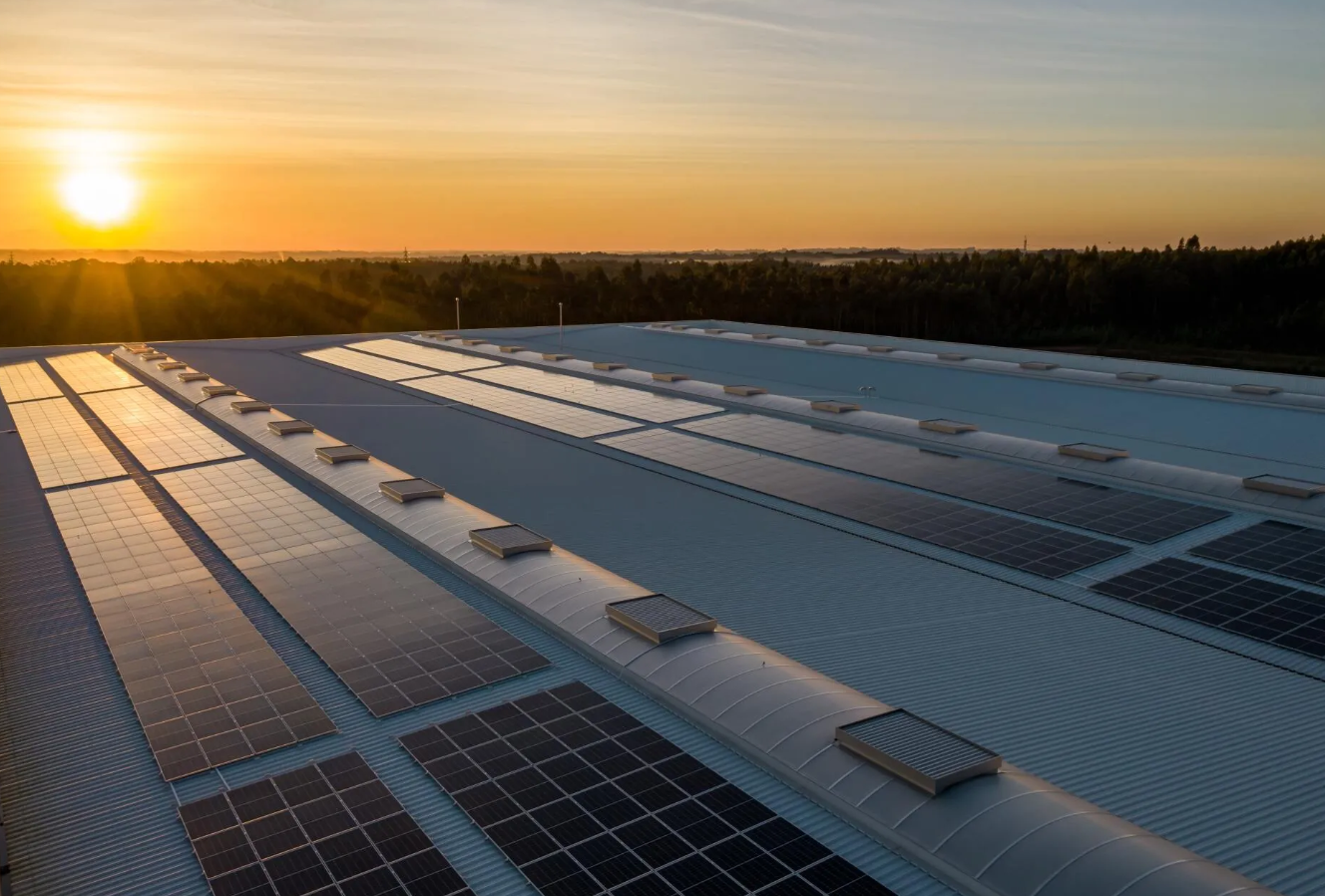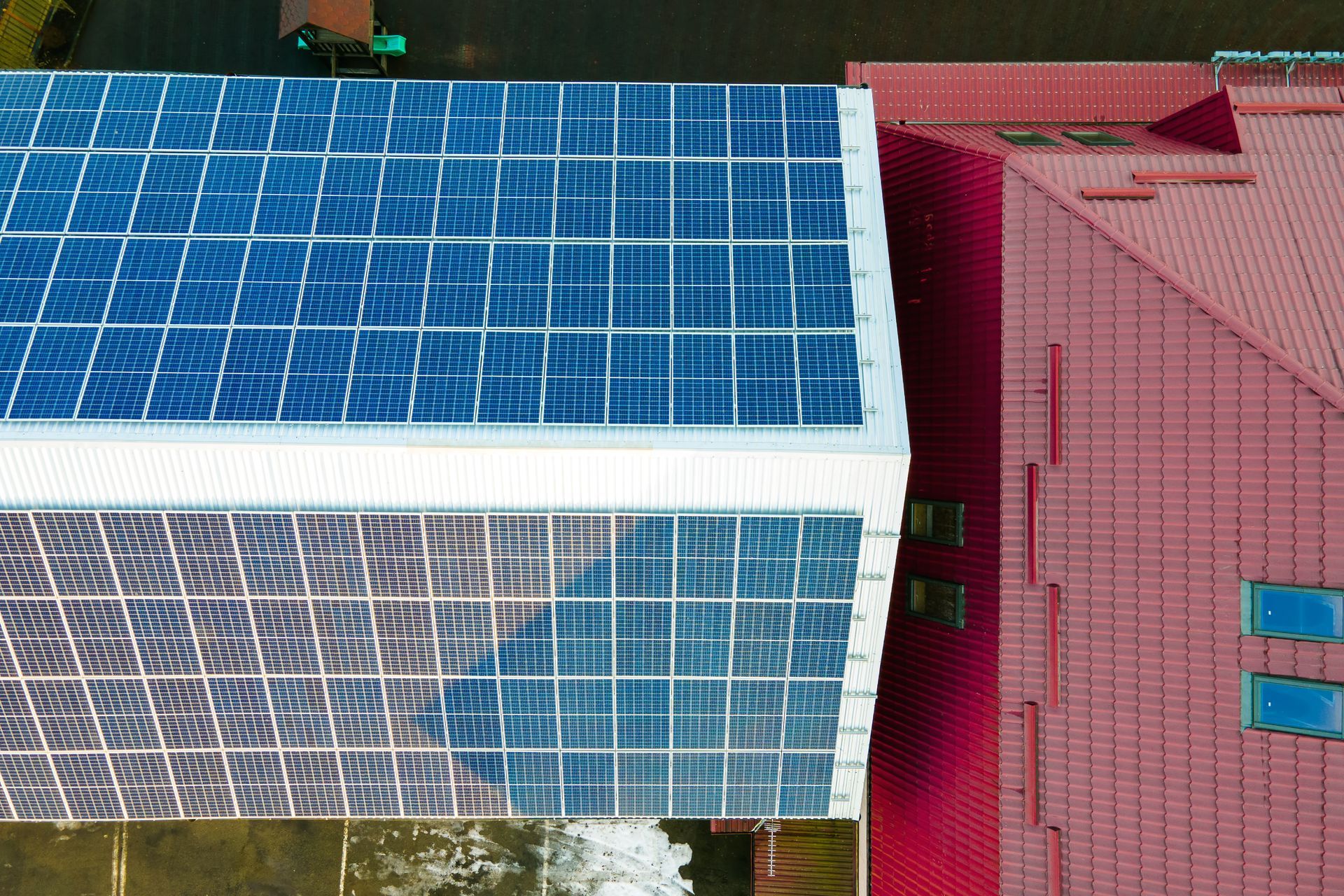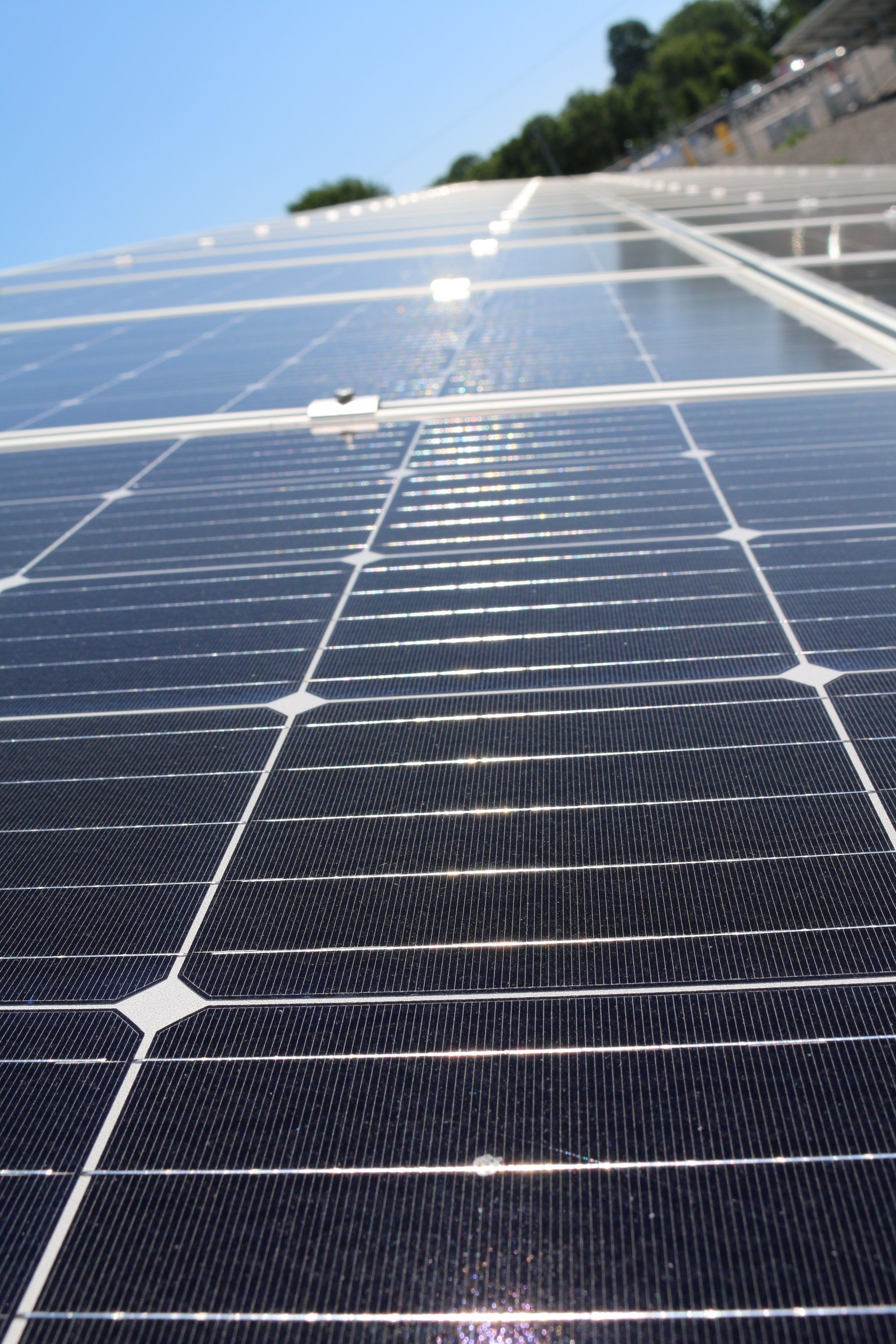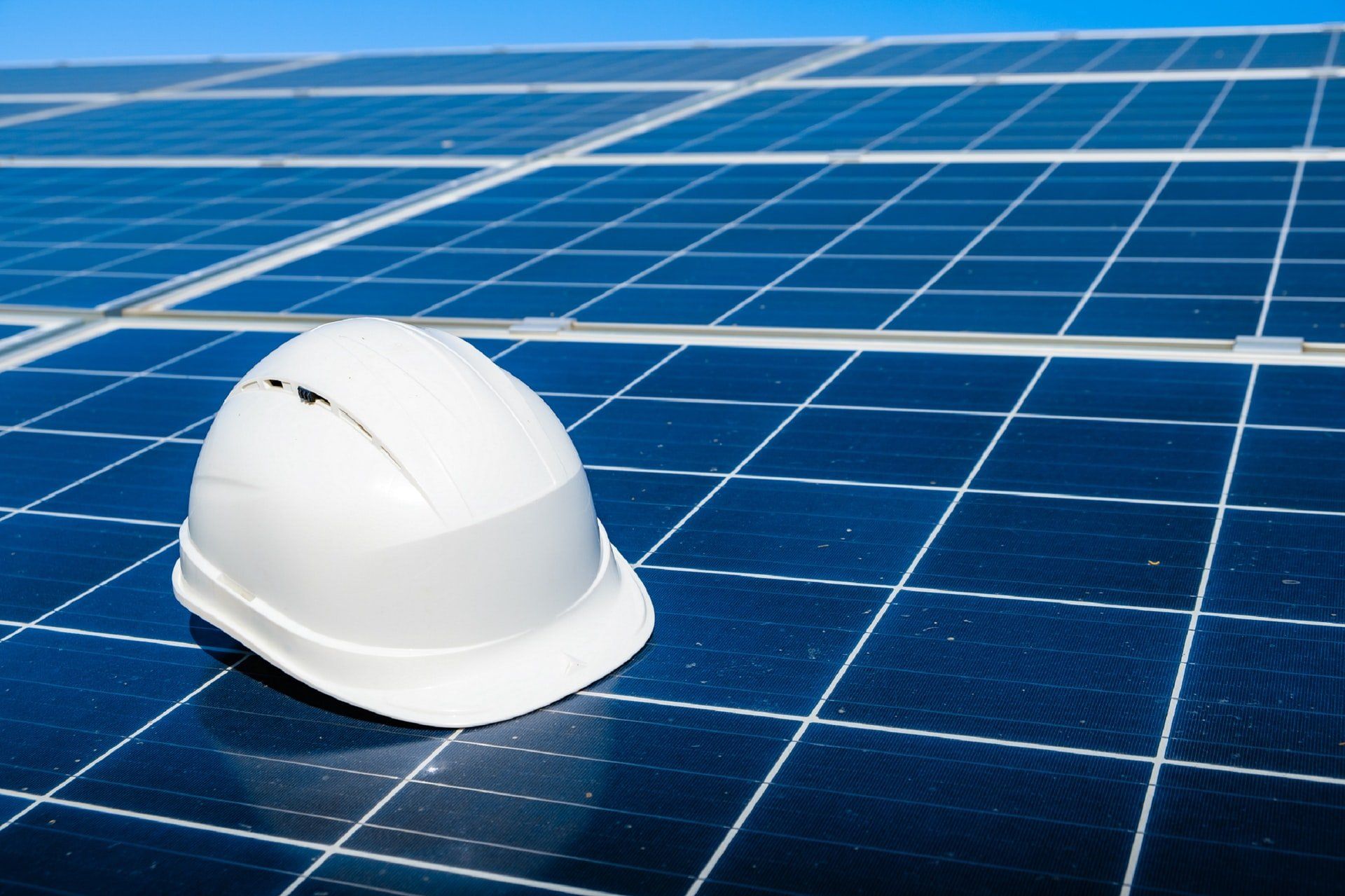The Federal Solar Tax Credit: Your Key to Inexpensive Solar Power
While solar energy can feel like a big investment, it doesn’t have to be as costly as you might expect. Aside from the long-term savings associated with switching to solar, both homeowners and businesses can save on installation costs through the federal solar tax credit.
What is the Solar Tax Credit?
The Solar Tax Credit was introduced in the mid 2000s to encourage the use of solar and other “green” energy. It provides a tax credit based on the total cost of a new solar system installation, including materials, labor, and sales taxes. For the year 2022, both businesses and homeowners can deduct 26 percent of the cost of a new system from their taxes.
However, the tax credit is currently set to be phased out. In 2023, new systems will only qualify for a 22 percent tax credit. In 2024, there will no longer be a credit for residential systems, while businesses can receive a 10 percent credit.
How It Works
Tax credits can directly offset your tax liability. For example, if your solar system cost $20,000, you could claim a tax credit of $5,200 (26 percent of $20,000) off your tax bill. If you don’t owe $5,200 in taxes, you can even roll the remaining credit forward into the next tax year. This essentially lowers the actual cost of your installation to $14,800 through the direct tax savings. However, the tax credit is only available for owned systems. Leased systems don’t qualify.
The federal solar tax credit isn’t the only way to offset your solar installation costs. Depending on where you live, you may be able to receive state tax credits or rebates. You may also be able to sell renewable energy certificates with energy generated by your system. These options can help your system pay for itself that much sooner!










